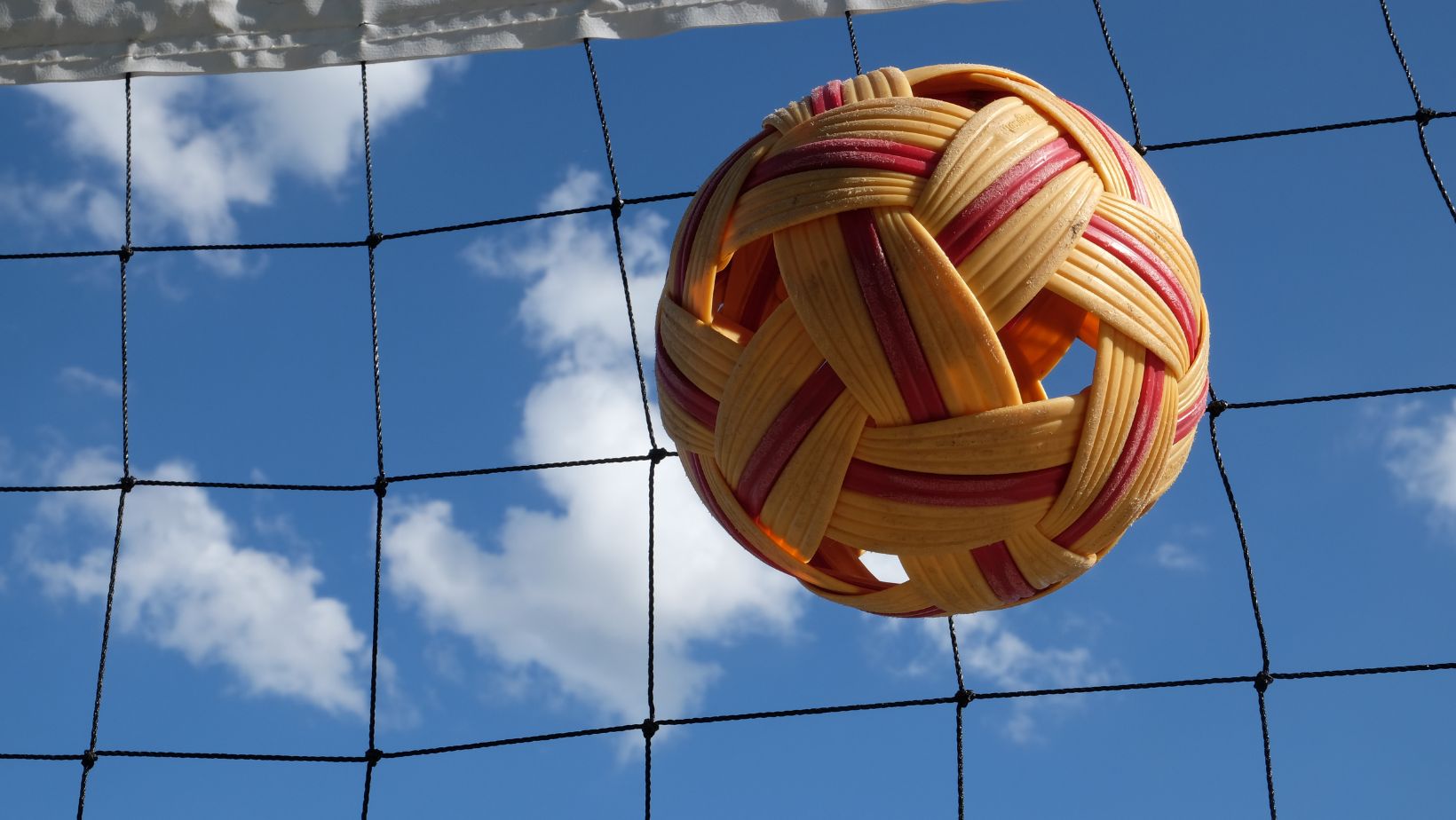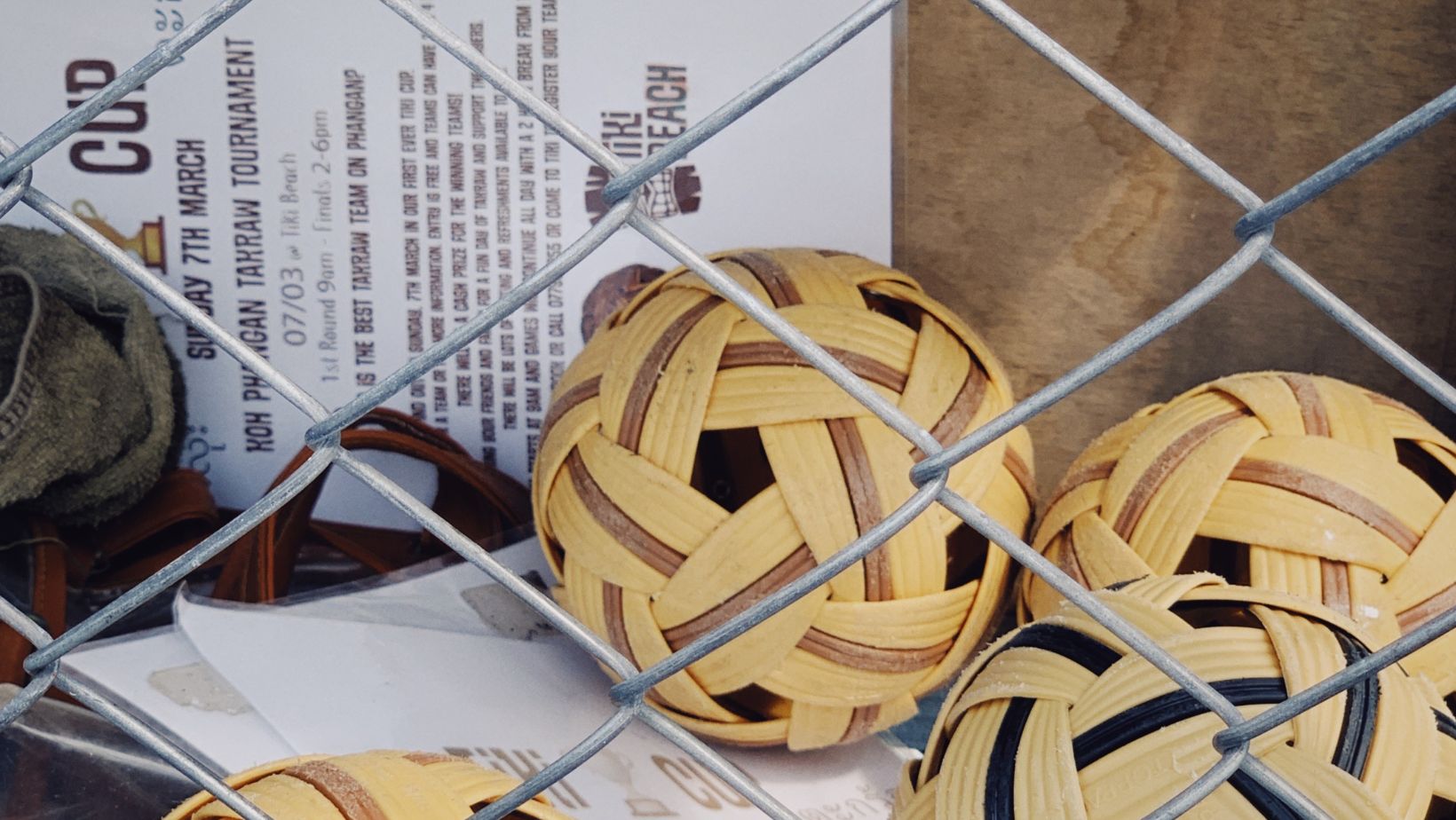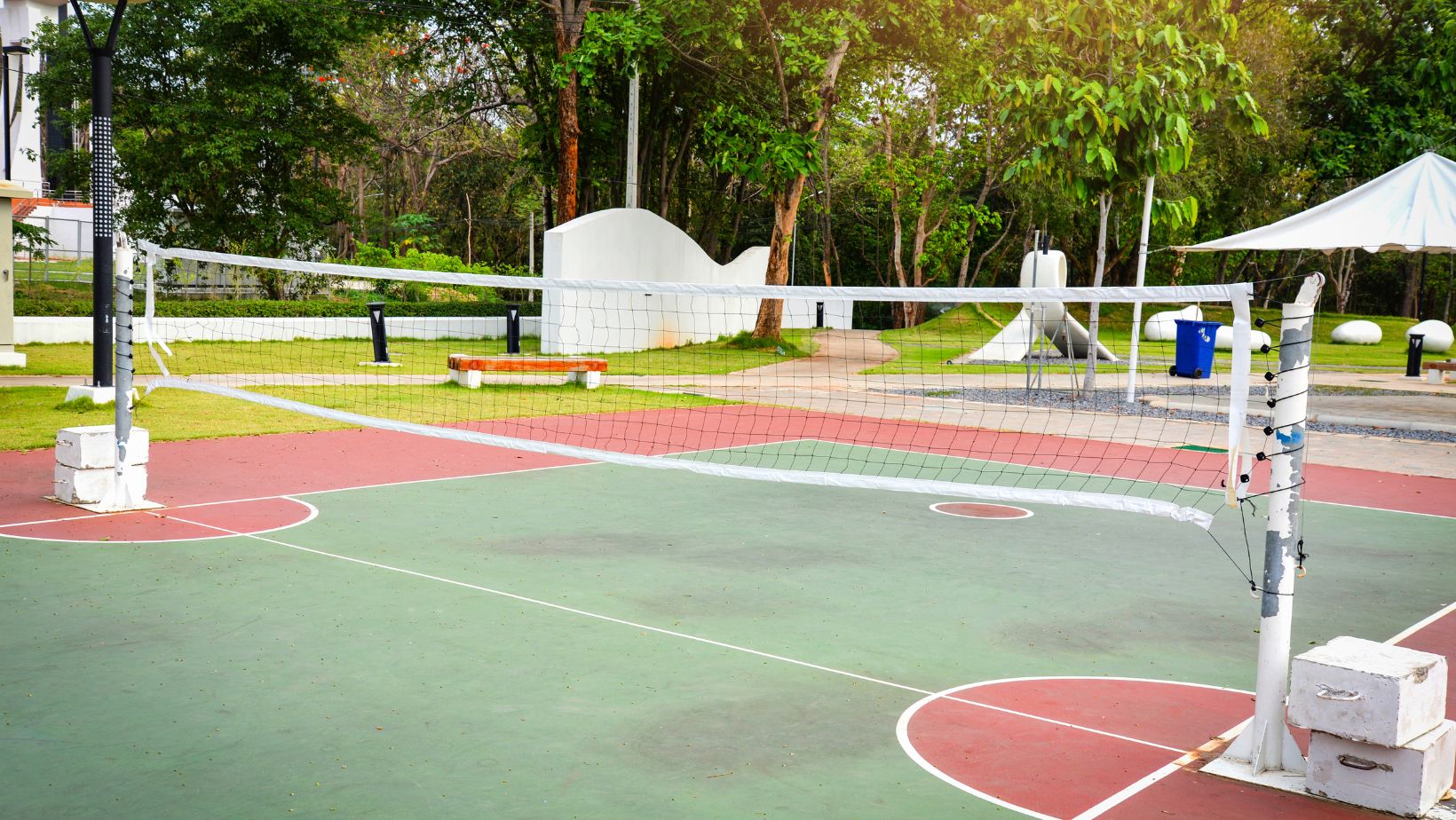
Understanding the sepak takraw rules is essential for anyone looking to get involved in this fast-paced and dynamic sport. Originating from Southeast Asia, sepak takraw combines elements of soccer, volleyball, and badminton into a unique game that has gained international popularity. The basic premise involves players using anything but their hands to hit a ball over a net, aiming to outscore the opposing team.
The court and equipment used in sepak takraw resemble those found in badminton; however, the rules and techniques are distinctively different. Teams consist of three players: a server (tekong), a feeder (feeder), and an attacker (killer). These positions play crucial roles in navigating through the game’s intense rallies and strategic plays. The objective is clear: teams must serve and return the rattan ball, striving to land it on the opponent’s side of the court without allowing it to touch down on their own side.
Sepak Takraw Rules
Global Spread and Recognition
Sepak takraw, a sport that marries elements of soccer, volleyball, and martial arts, has transcended its Southeast Asian origins to gain global recognition. This fascinating game is governed by rules that are meticulously crafted to ensure fairness and competitiveness across all levels of play.

Originating from Malaysia and Thailand centuries ago, sepak takraw has seen an exponential growth in popularity. It’s now featured in major sports events worldwide including the Asian Games and the SEA Games. The sport’s unique blend of skill, agility, and teamwork appeals to a broad audience, contributing to its international spread.
The basic sepak takraw rules revolve around teams of three attempting to kick a rattan ball over a net without using their hands or arms. Points are scored when the ball lands on the opposing team’s side of the court or if a team commits a fault. Matches are played in best-of-three sets with each set going up to 21 points. For a win, there must be at least two points difference.
Key regulations include:
- The Court: Resembles badminton in size with dimensions being 13.4 meters long and 6.1 meters wide.
- The Ball: Made traditionally from woven rattan although synthetic versions are now also accepted.
- Service: Begins with one player inside the serving circle at the back end of the court tossing the ball upwards for another teammate to serve.
- Faults: Occur for various reasons such as touching the ball with hands or arms stepping on or over lines during service or failing to return the ball over the net within three touches.
In recent years efforts have been made to standardize sepak takraw rules globally through organizations like ISTAF (International Sepaktakraw Federation). These efforts aim at not only preserving but also enhancing this traditional sport’s integrity as it gains more recognition on the international stage.
Understanding Sepak Takraw
Equipment and Court Specifications

Diving into the world of Sepak Takraw, it’s essential to grasp the equipment and court specifications that set this sport apart. At the heart of sepak takraw lies the ball, traditionally made from woven rattan, embodying a unique aspect that significantly influences gameplay. Advances in technology have introduced synthetic versions offering durability and consistent performance. The standard circumference of a sepak takraw ball ranges between 42 to 44 centimeters for men and slightly smaller for women.
The court resembles that of badminton, measuring 13.4 meters in length and 6.1 meters in width, divided by a net with heights varying based on competitors’ gender—men’s nets stand at 1.52 meters while women’s are set at 1.42 meters. Lighting conditions are also regulated to ensure visibility does not impair player performance, particularly during official matches.
- Ball Specifications: Rattan or Synthetic
- Court Dimensions: Length – 13.4m; Width – 6.1m
- Net Height: Men – 1.52m; Women – 1.42m
The significance of these specifications cannot be overstated as they directly influence players’ strategies and techniques.
Team Composition and Player Positions
Understanding team dynamics within sepak takraw illuminates how cooperation and individual skills intertwine to create exhilarating matches. Each team comprises three players occupying specific positions: the ‘Tekong’ or server, ‘Feeder’, and ‘Attacker’. The Tekong initiates play by serving the ball over the net, requiring precision and power to give their team an advantageous start.


